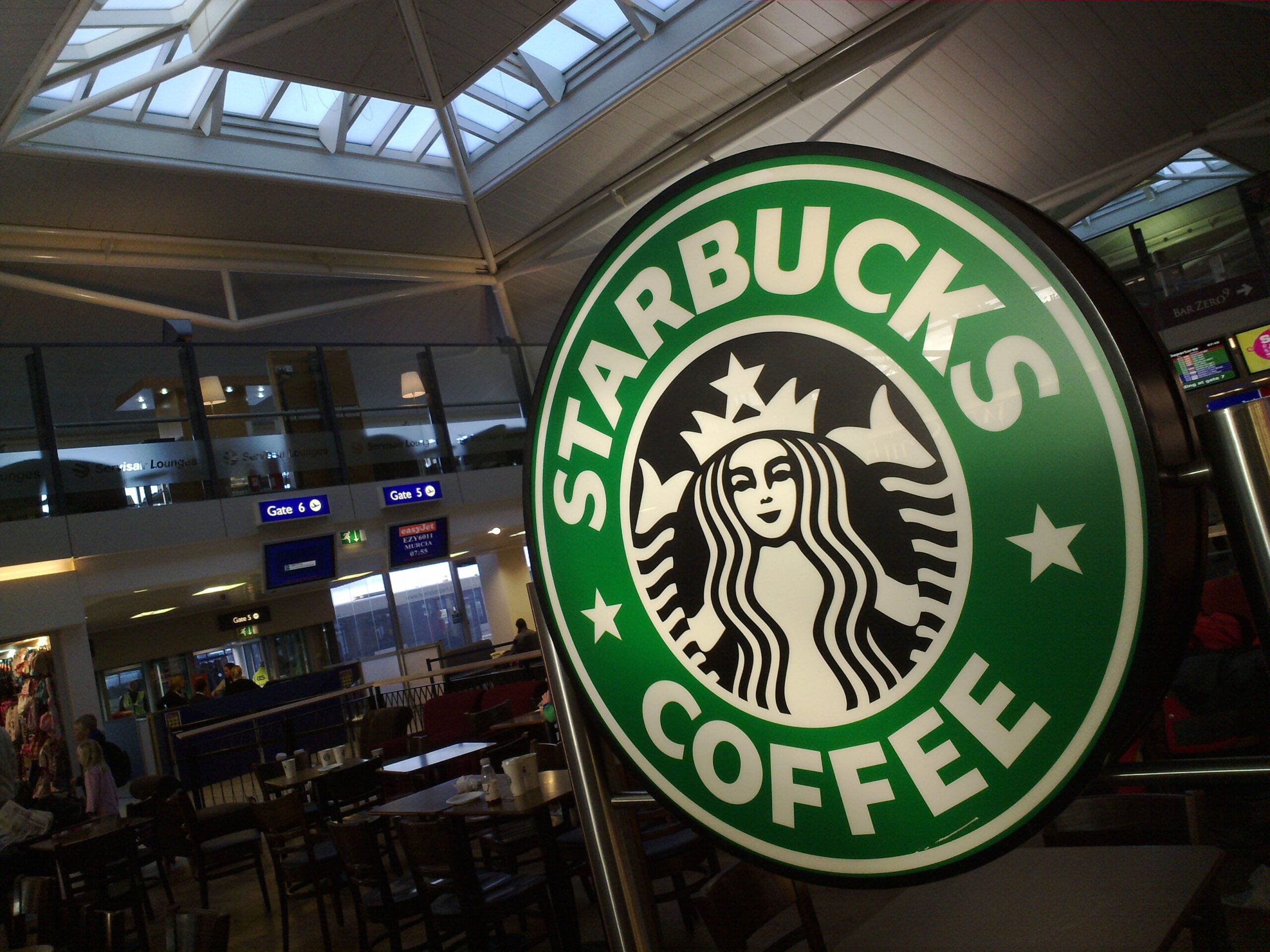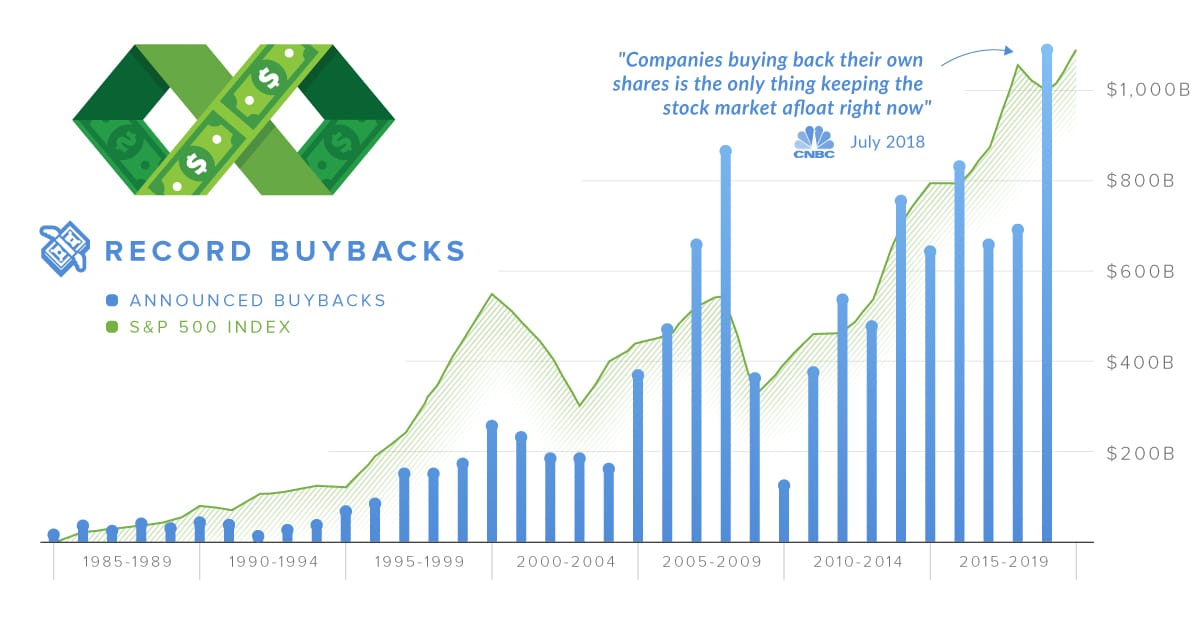In a recent announcement, Starbucks has decided to reverse its open door policy, a move that has garnered attention from both customers and industry analysts. The open door policy, which allowed individuals to use Starbucks locations as informal meeting spaces without the necessity of making a purchase, has been a hallmark of the brand’s customer-centric approach. However, the company has indicated that this policy is no longer sustainable and will be phased out in the coming months.
The decision to change the open door policy comes amid a broader reevaluation of customer engagement strategies. Starbucks has long positioned itself as a “third place” for customers, providing a welcoming environment for socializing, working, and relaxing. This approach has attracted a diverse clientele, including students, professionals, and casual visitors. However, the company has faced challenges in maintaining a balance between providing a comfortable atmosphere and ensuring that its locations remain profitable.
Starbucks has cited several reasons for this policy reversal. One of the primary concerns is the increasing strain on resources and staff. Employees have reported difficulties in managing high volumes of customers who occupy tables for extended periods without making purchases. This has led to complaints from paying customers who find it challenging to secure seating during peak hours. By revising the open door policy, Starbucks aims to create a more equitable environment for all patrons.
Additionally, the company has noted that the shift in consumer behavior, particularly in the wake of the COVID-19 pandemic, has influenced its decision. As remote work and flexible schedules have become more prevalent, many individuals have turned to coffee shops as makeshift offices. While this trend has benefited Starbucks in terms of foot traffic, it has also raised questions about the sustainability of allowing non-paying customers to occupy valuable seating space.
In response to the policy change, Starbucks has outlined new guidelines for customers. Patrons will now be encouraged to make a purchase if they wish to use the seating areas for extended periods. The company has emphasized that this change is not intended to alienate customers but rather to enhance the overall experience for everyone. Starbucks plans to communicate these new guidelines clearly through in-store signage and digital channels to ensure that customers are aware of the changes.
The reversal of the open door policy has sparked a range of reactions from customers. Some individuals have expressed disappointment, feeling that the change undermines the welcoming atmosphere that Starbucks has cultivated over the years. Others, however, have welcomed the decision, believing it will lead to a more pleasant experience for those who are there to enjoy their beverages and socialize.
Starbucks has also indicated that it will be monitoring the impact of this policy change closely. The company is committed to gathering feedback from customers and employees to assess how the new guidelines are affecting store dynamics. This data will be crucial in determining whether further adjustments are necessary in the future.
As Starbucks navigates this transition, it is important to consider the broader implications for the coffee shop industry as a whole. Many other coffee chains and independent cafes have adopted similar open door policies, allowing customers to linger without the expectation of making a purchase. The reversal of Starbucks’ policy may prompt these establishments to reevaluate their own practices and consider the potential impact on their business models.
In conclusion, Starbucks’ decision to reverse its open door policy marks a significant shift in the company’s approach to customer engagement. While the change may be met with mixed reactions, it reflects the challenges that businesses face in balancing customer satisfaction with operational sustainability. As the company moves forward, it will be essential to monitor the effects of this policy change on customer behavior and overall store dynamics.



